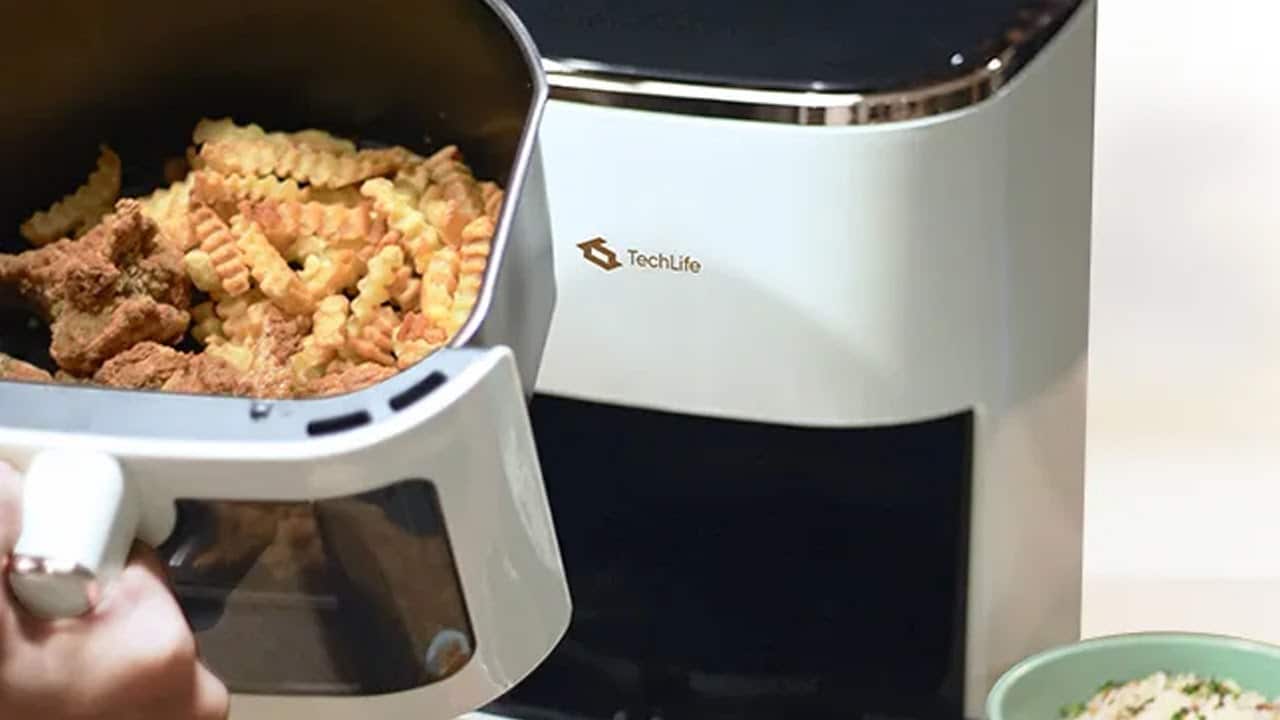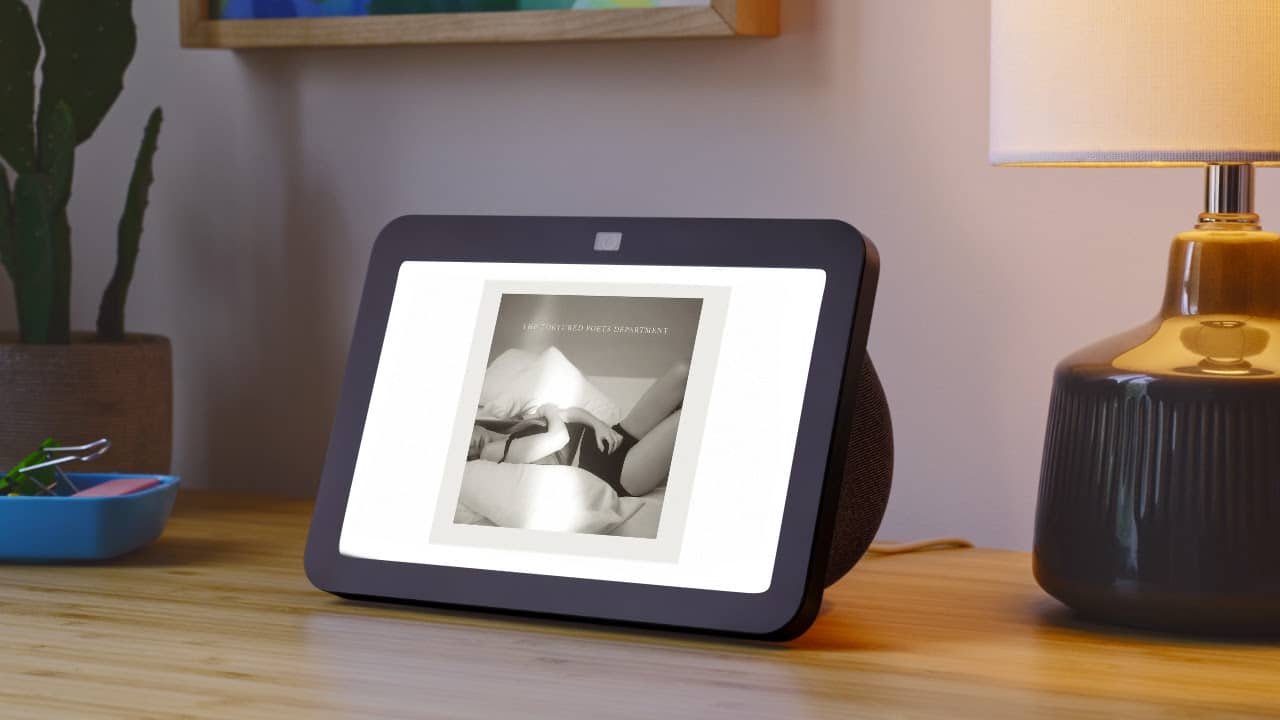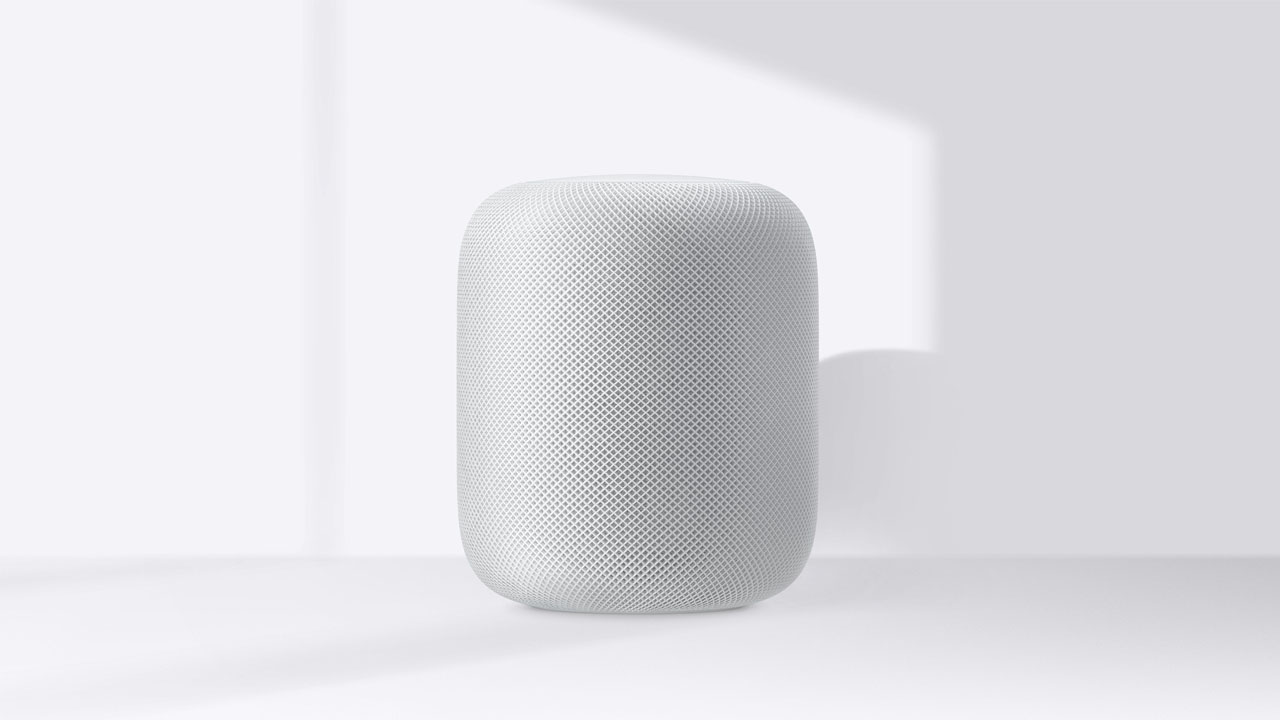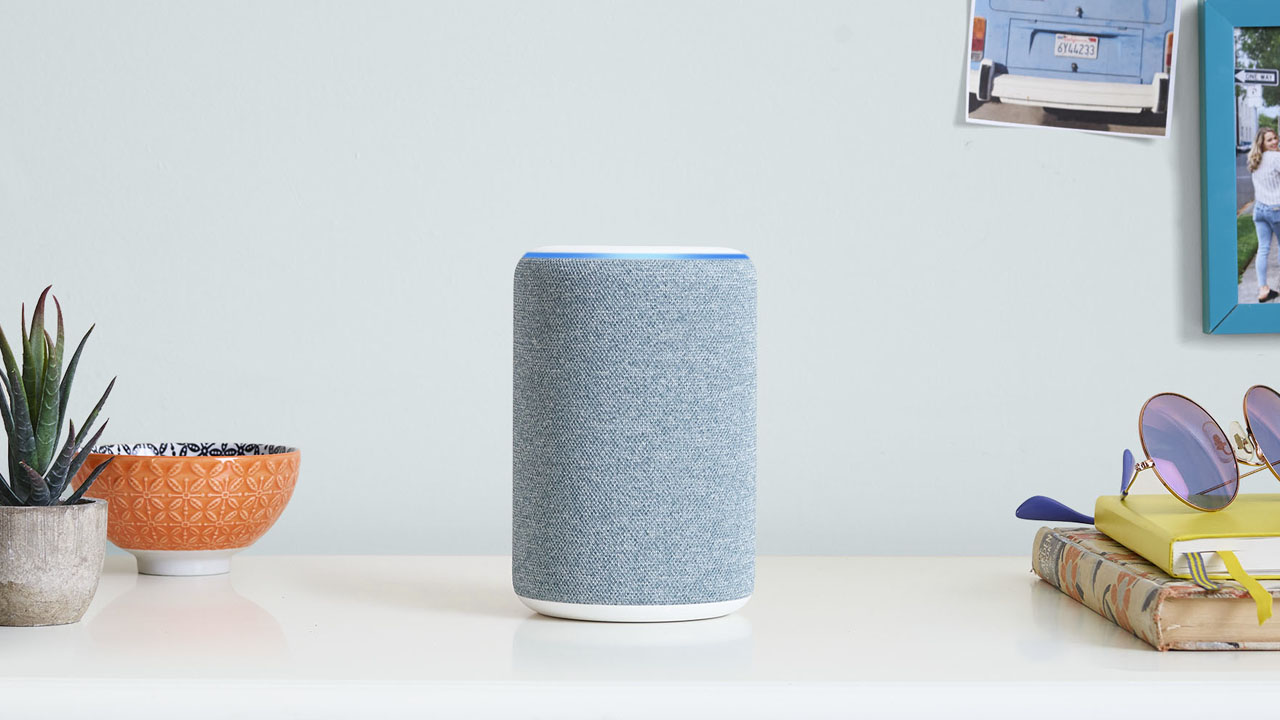A lot of fans were left disappointed when Nintendo didn’t announce a new console during this year’s E3 event. When the company’s presentation ended without a mention of a new console whatsoever, the rumors of a Pro or upgraded variant were put to rest.
But to everyone’s surprise, Nintendo has released a new launch video a new version of the Switch — the Nintendo Switch OLED model.
While not the pro variant everyone was expecting, the new Nintendo Switch OLED model comes with a couple of upgrades that may make some users want to pick it up.
It’s the same size body with a bigger screen
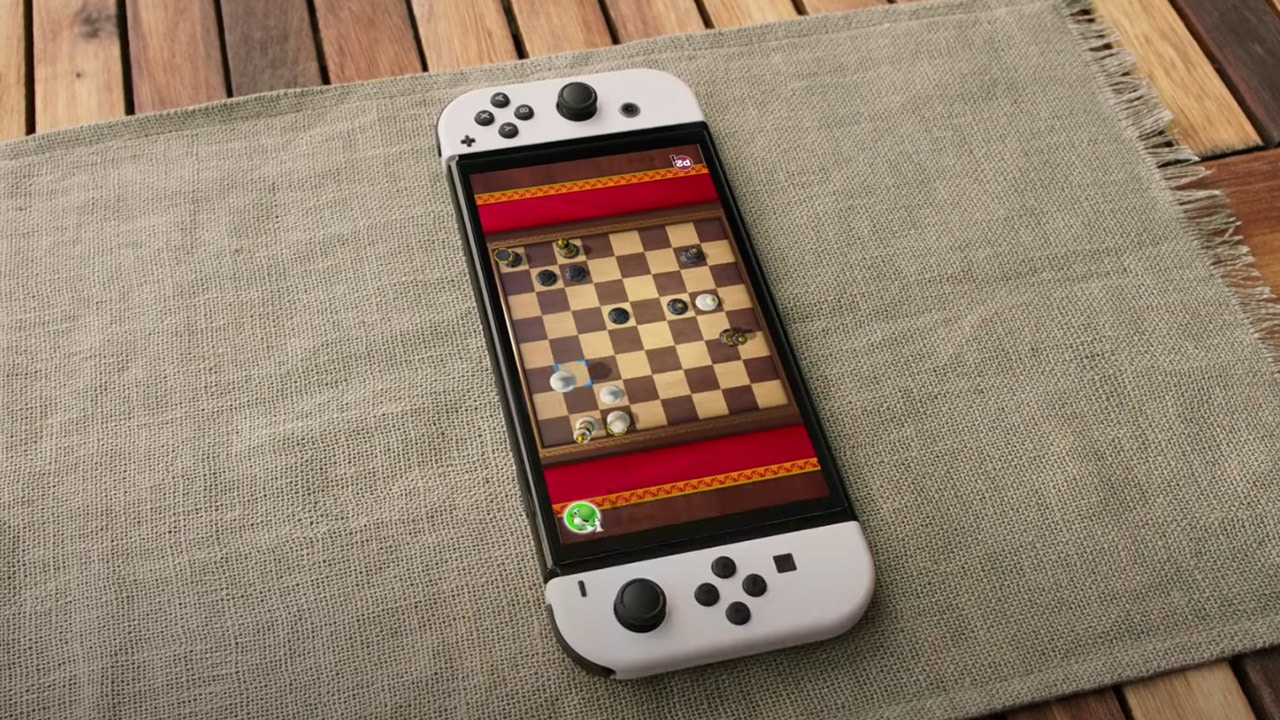
The current Nintendo Switch has a 6.2-inch screen. This new OLED model will have a slightly bigger 7-inch screen. While not a big difference, the OLED panel should provide a noticeable upgrade with crispier details and darker blacks.
Despite having a bigger screen though, the console size itself roughly stays the same. The new Nintendo Switch OLED model is apparently just 0.1-inch thicker.
We’re getting a wider kickstand and a LAN port
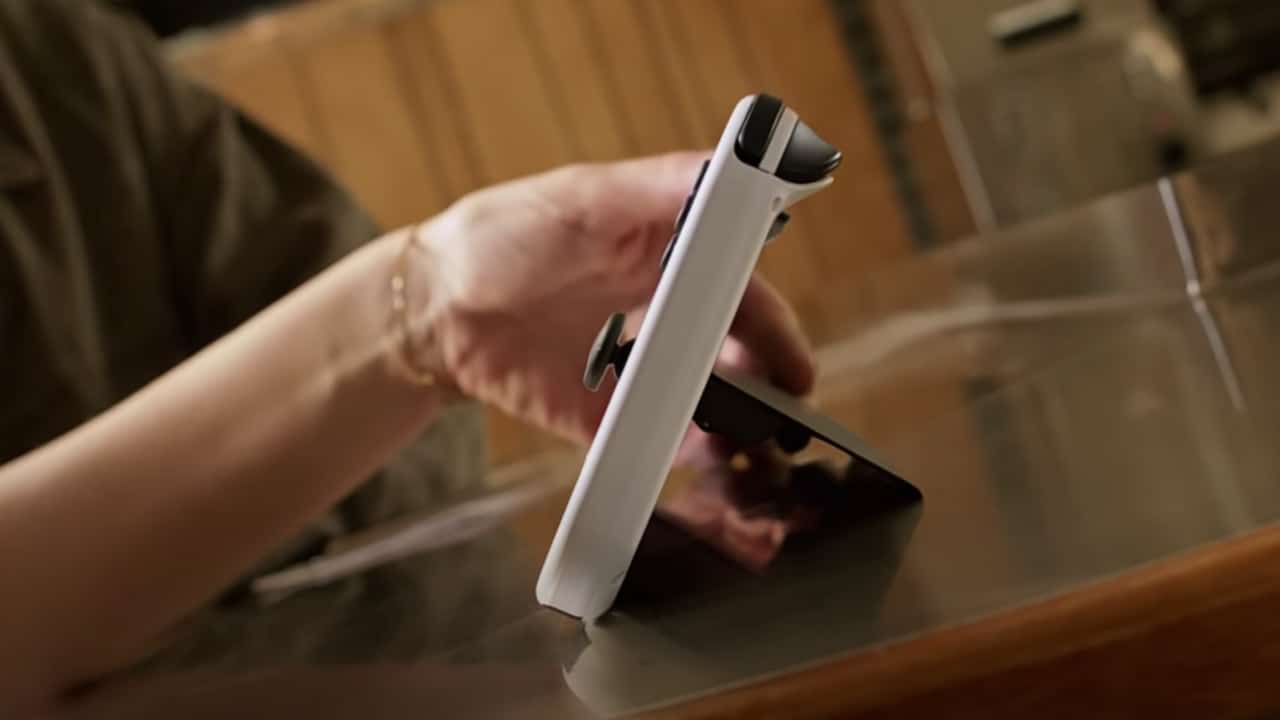
The new OLED variant will have a new wider kickstand that unlocks a new Tabletop mode. Compared to the previous design, this new kickstand makes the Nintendo Switch more stable and ideal to use for playing undocked but not handheld
It’s also adjustable so players can have the perfect viewing angle.
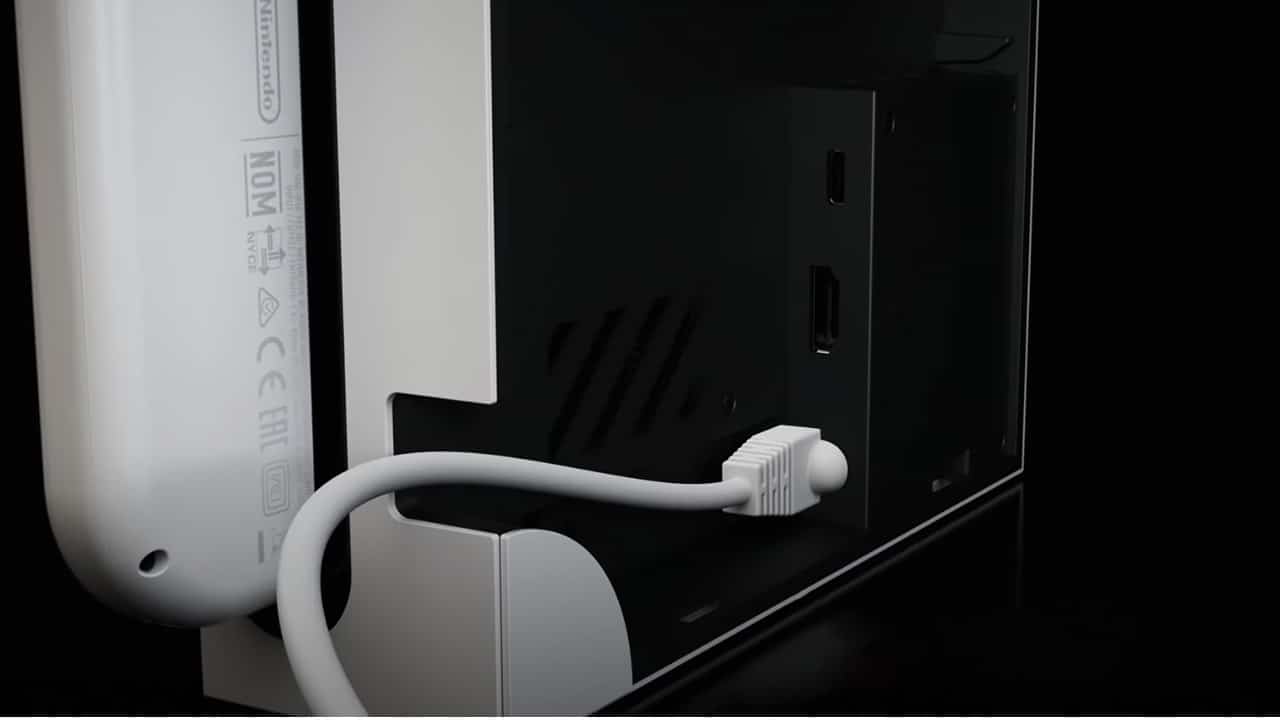
On the dock is a new built-in LAN port. Players will no longer need to buy a separate accessory for this feature and can now easily connect their network for a faster online co-op or multiplayer.
It will have bigger storage, a new color, and better audio
One of the most noticeable changes seen in Nintendo’s launch video is the new white color. The Joy-Cons and the dock are the one in white, though. The console body remains black.
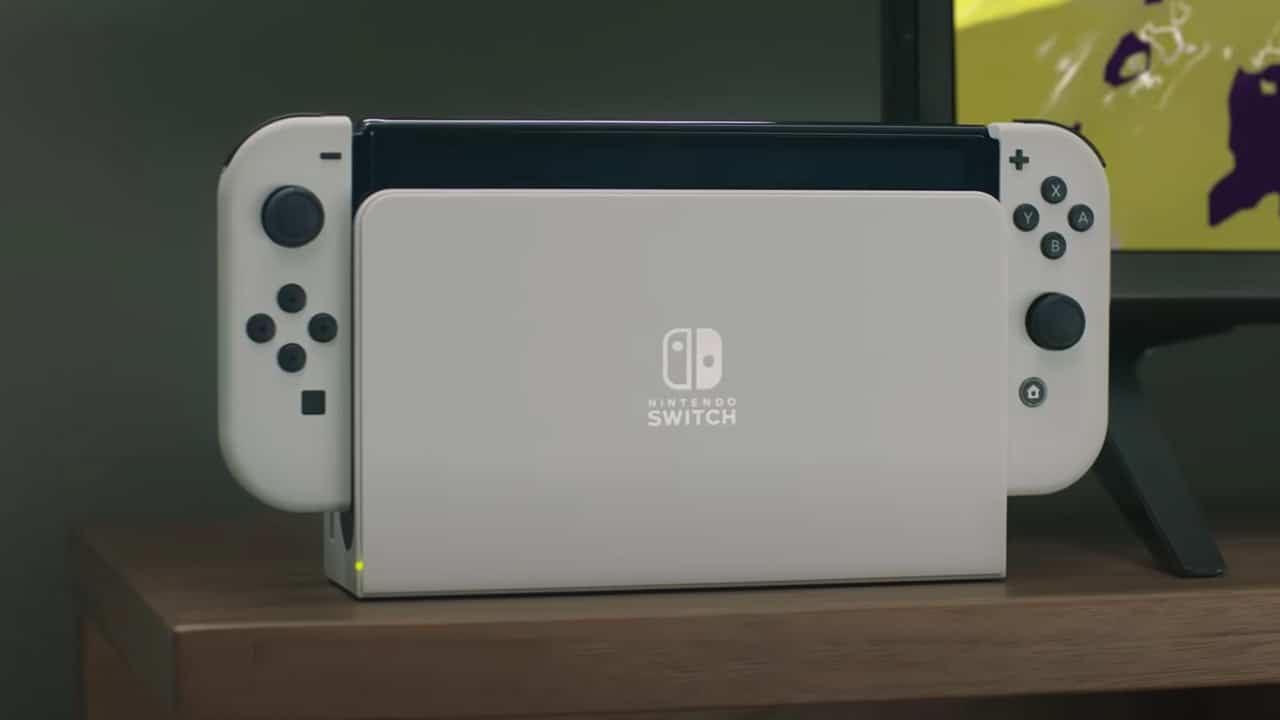
Nintendo will also be offering a classic neon blue and red color for the Joy-Cons accompanied by a black unit and dock.
The new Nintendo Switch OLED model will also be upgraded from 32GB of internal storage to 64GB of internal storage. It will still be expandable via a microSD card and can accommodate up to 2TB.
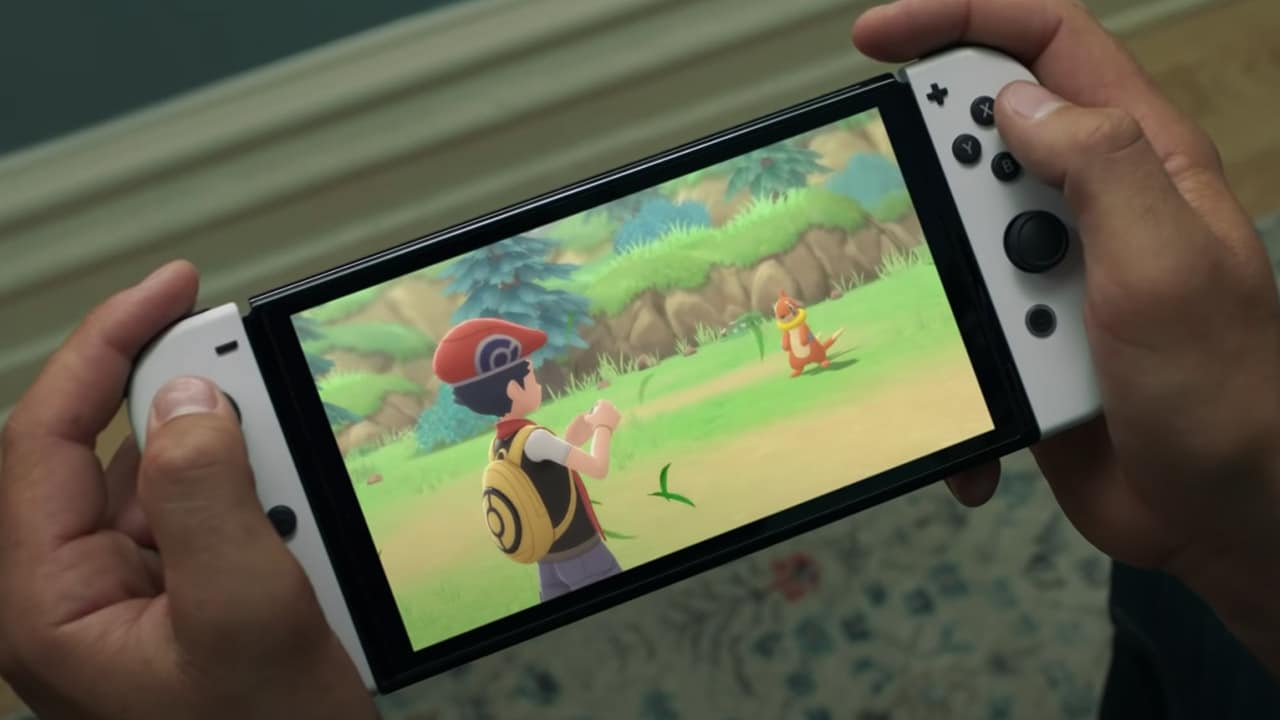
Nintendo says that this model also has enhanced audio. The company didn’t detail further than that.
It will launch on the same days as Metroid Dread
Interestingly, Nintendo has timed the release of this OLED model with the newest entry of the Metroid saga, Metroid Dread. In a press release, Nintendo says the OLED screen will help players feel immersed in this long-awaited game.
The Nintendo Switch Oled model will launch on October 8 with a price of US$349.99 (approx. PhP 17,443)
All released Joy-Cons and games are compatible
For those worrying about their current Joy-Cons and their compatibility, you don’t have to worry. Nintendo has already said that all previously released Joy-Con controllers will work on this new model.
This is also true for the Nintendo Switch’s current library of games. The company does note that this new 7-inch system will not perfectly accommodate the Nintendo Lab series. The company also notes that some game experiences may be different on this new console because of the screen size.
We’re not quite sure what that means yet but it may be that some games will not adapt to the bigger screen size.
This is what the packaging will look like
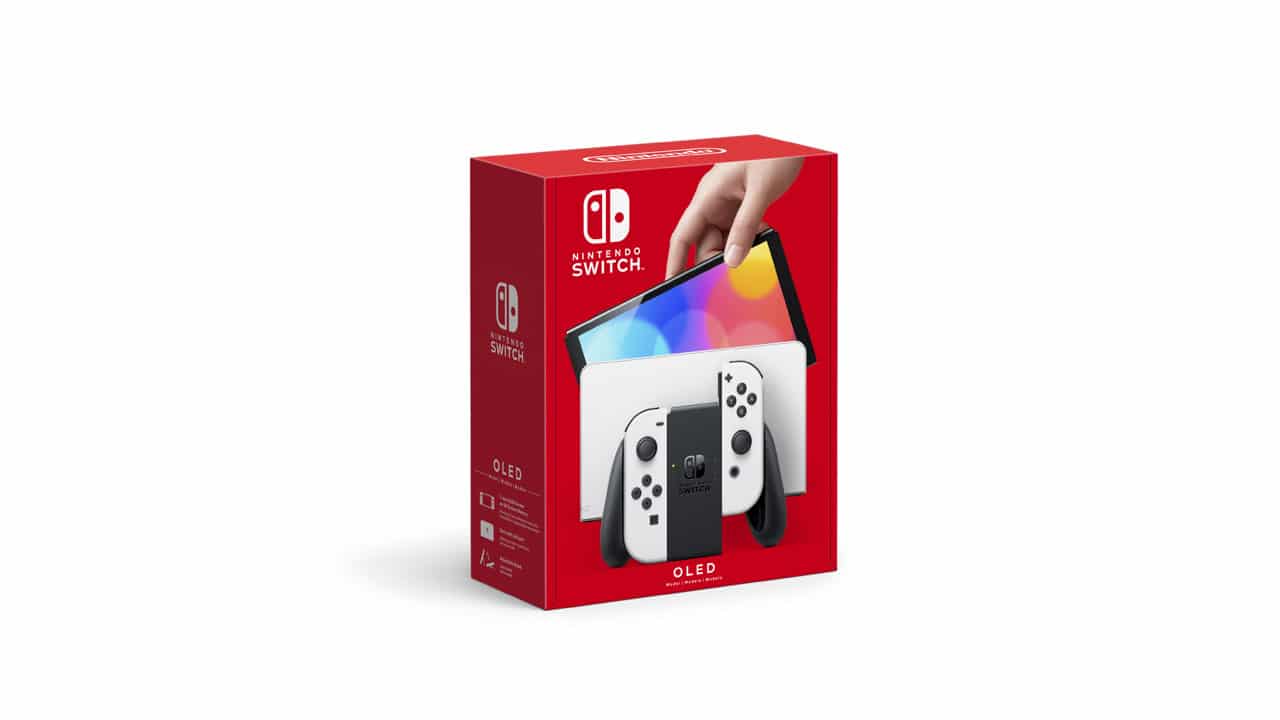
And that’s pretty much what to expect from the Nintendo Switch OLED model. The company will soon release pre-order information and other details soon.



